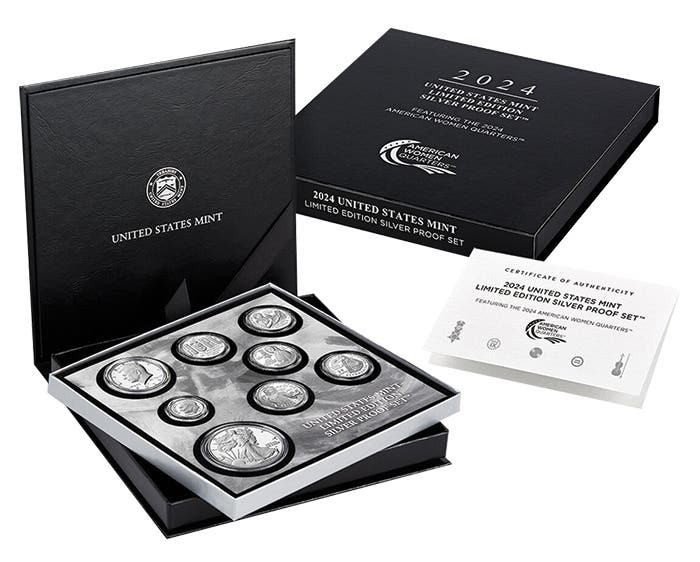Future seems certain for 1808 gold half eagle
The 1808 gold $2.50 quarter eagle is a very interesting coin. A key type coin, it was produced for only one year and with a very low mintage to boot….
The 1808 gold $2.50 quarter eagle is a very interesting coin. A key type coin, it was produced for only one year and with a very low mintage to boot.
Its story begins with the situation for quarter eagles at the time, which were authorized by the Mint Act of April 2, 1792. Lawmakers obviously thought that a denomination half the size of a gold $5 half eagle would make sense.
However, the quarter eagle seemed to fall short of making much impact on the public. From the start, it was the odd gold coin out in terms of use.
The $10 eagle could be used in trade or as reserves (and many were, today showing relatively little wear). The $5 half eagle was a workhorse denomination that saw solid use as it was similar to other gold coins of the period. The quarter eagle, however, was a little-used novelty.
The fact that the denomination was not used was reflected in its mintages, which were low. At the time, the practice was to let those bringing in the gold select the denominations to be made from their metal, and virtually no one asked for quarter eagles. The result had been consistently low mintages for the Liberty Cap half eagle design, with the top number being a modest 6,812 pieces in 1807.
Low mintage would not change in 1808, but something else did. The John Reich Turban Head design was introduced, which featured the denomination on the reverse. This was the first time there had been a denomination on the quarter eagle, reflecting the fact that in the commerce of the day, with gold coins of many nations in circulation, a dollar value did not really matter since the amount of gold was the major concern.
The new Turban Head quarter eagle lasted just one year, reflecting the lack of demand, and would not be produced again until 1821. That makes the 1808 a key type coin and an expensive one, as its mintage was just 2,710 pieces.
The combined low mintage and very heavy type demand today produce prices of $18,000 in F12 and $155,000 in MS60. We might normally think of these prices as high, but with demand as a prime factor, there is really no choice. If you want a gold type set, you need the 1808 quarter eagle, and no dealer is going to offer a discount on a coin that can easily be sold to numerous buyers.
Finding a nice 1808 is even more of a challenge. There may be a couple hundred known, but all tend to be lightly struck in at least one area, usually around the rim. In the case of Mint State examples (of which there are very few, since no one at the time was likely to save a gold $2.50 coin), we find coins that are surprisingly nice with great luster.
To get a better idea of availability, Numismatic Guaranty Corporation reports having seen 46 examples of the 1808 quarter eagle. The spread in grades is wide, starting at F12 and going up from there. In Mint State, NGC reports 13 coins, with the best being MS63 and the most numerous being five graded MS61.
The Professional Coin Grading Service reports having seen 61 examples of the 1808 quarter eagle, and again there is diversity in terms of grades. The total in Mint State is again 13, topped by a single MS65, but 11 were in a range from MS60 to MS62.
These grading service totals accurately cast some doubt on the notion of there being perhaps 200 examples known. It looks to be even lower than expected, since it is unlikely that another 100 examples exist that have not yet been graded.
Fortunately, the price of the 1808 half eagle is determined not by how many may or may not exist but by demand for the examples in the market today. That is why the 1808 is expensive and why its price continues to rise.
That will probably not change. The 1808 half eagle is a coin with a certain future: to be a key type coin at a high price.
This article was originally printed in Numismatic News. >> Subscribe today.
If you like what you've read here, we invite you to visit our online bookstore to learn more about Standard Catalog of World Coins, 1801-1900, 9th edition..









